🌀 Abstract Horizons – AI Art That Thinks Beyond the Frame
Exploring the Next Generation of Formless, Fluid, and Conceptual Visuals
Tags: AI art, abstract art, generative abstraction, neural aesthetics, digital minimalism, conceptual AI, visual experimentation
🎨 Introduction: When Machines Create the Unseen
2025 marks a breakout year for abstract AI art—a genre once seen as niche now surging into mainstream and fine art circles. Unlike photorealistic or narrative-driven AI visuals, abstract styles tap into what’s unseen: emotion, pattern, perception, and pure algorithmic expression.
Artists and AI developers alike are pushing boundaries by exploring not just what a machine can depict, but what it can feel. Here are the six leading abstract AI art styles shaping the visual language of the future.
🧬 1. Generative Chaos
Order Born from Randomness
Inspired by chaos theory and emergent behavior, this style generates unpredictable, layered compositions. With neural noise, recursive code, and visual entropy, artists embrace chance to evoke raw emotion—letting AI simulate visual jazz.
(Source: Toolify)
🔷 2. Geometric Purism 2.0
Minimalism Meets Machine Logic
A revival of Bauhaus and suprematist ideals—with a twist. AI-driven minimalism often uses geometry as logic: squares as syntax, circles as emotion, lines as movement. The work feels meditative, with calculated imperfections that hint at algorithmic authorship.
(Source: Artsy)
🌫 3. Latent Expressionism
Feelings in the Data Stream
This emerging style leverages latent space data to produce emotionally driven abstract forms. Think AI trained not on photos, but on mood states, poetry, or psychographic metadata. The result: fluid, often dreamlike visuals that suggest feeling over form.
(Source: Medium)
🪞 4. Self-Reflective Feedback
Art About AI Thinking
This deeply conceptual style visualizes how AI “sees” itself—using datasets of machine vision, neural weights, and feedback loops. The resulting visuals are recursive, glass-like, sometimes unsettling, showing an abstracted map of cognition.
(Source: Wikipedia)
🎇 5. Digital Color Field
Rothko Meets the GPU
Using gradient diffusion models, this genre focuses on immersive color environments—big, soft blocks of emotion. Often output as large-scale wall art or meditative screens, digital color field works invite viewers into chromatic calm or chaos.
(Source: Sessions College)
📡 6. Signal Distortion Aesthetics
Where Noise Becomes Narrative
Glitches, compression artifacts, waveform aberrations—this abstract genre turns digital error into intentional beauty. Artists train AI to “misbehave,” creating noisy, fractured visuals that feel more alive than clean code ever could.
(Source: GinAngieLa.com)
🧠 Why Abstract AI Art Matters Now
Abstract art has always questioned what art is. With AI, it now questions what thinking is. These six styles not only show us how AI interprets data, but how it can help us process uncertainty, emotion, and the edge of human comprehension.
Expect to see abstract AI works in meditation apps, corporate foyers, academic presentations, and even spiritual installations. This isn’t just a visual trend—it’s a language of the future.
📚 Resources
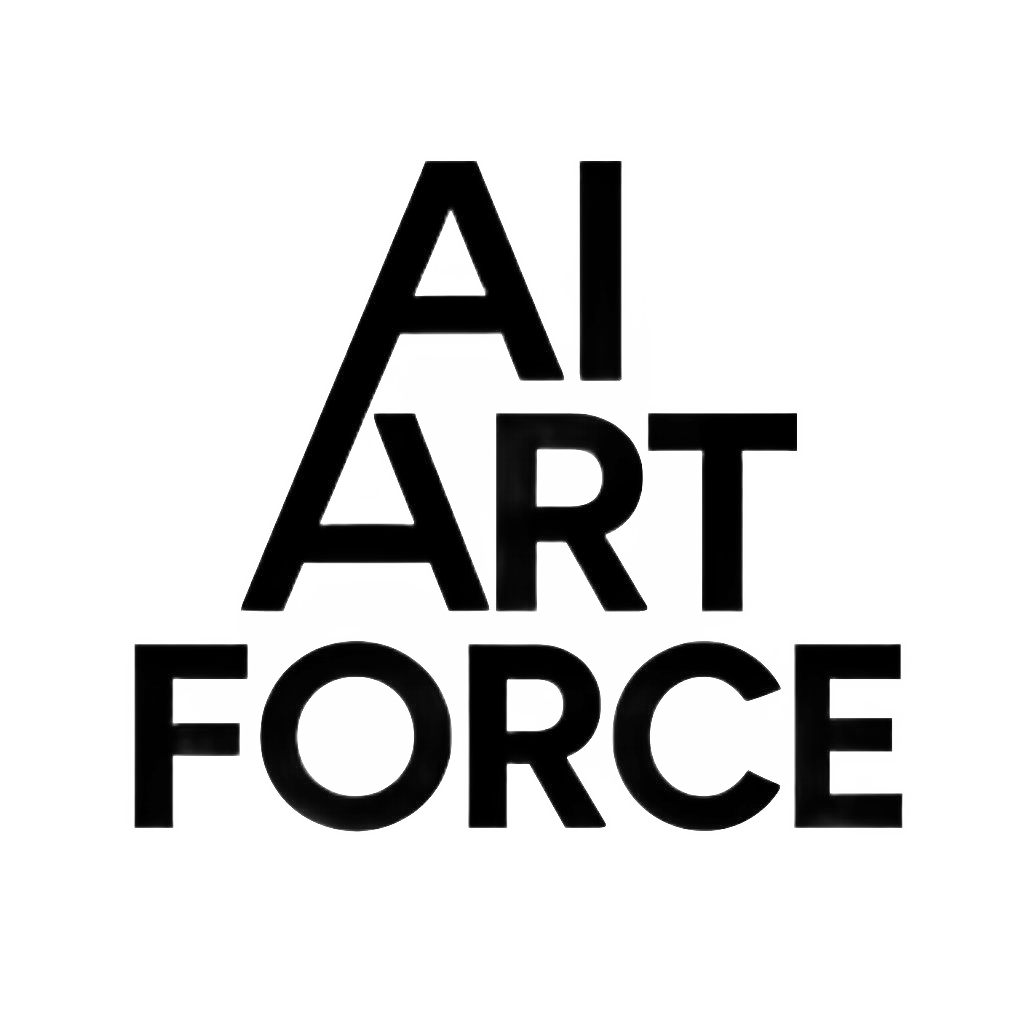
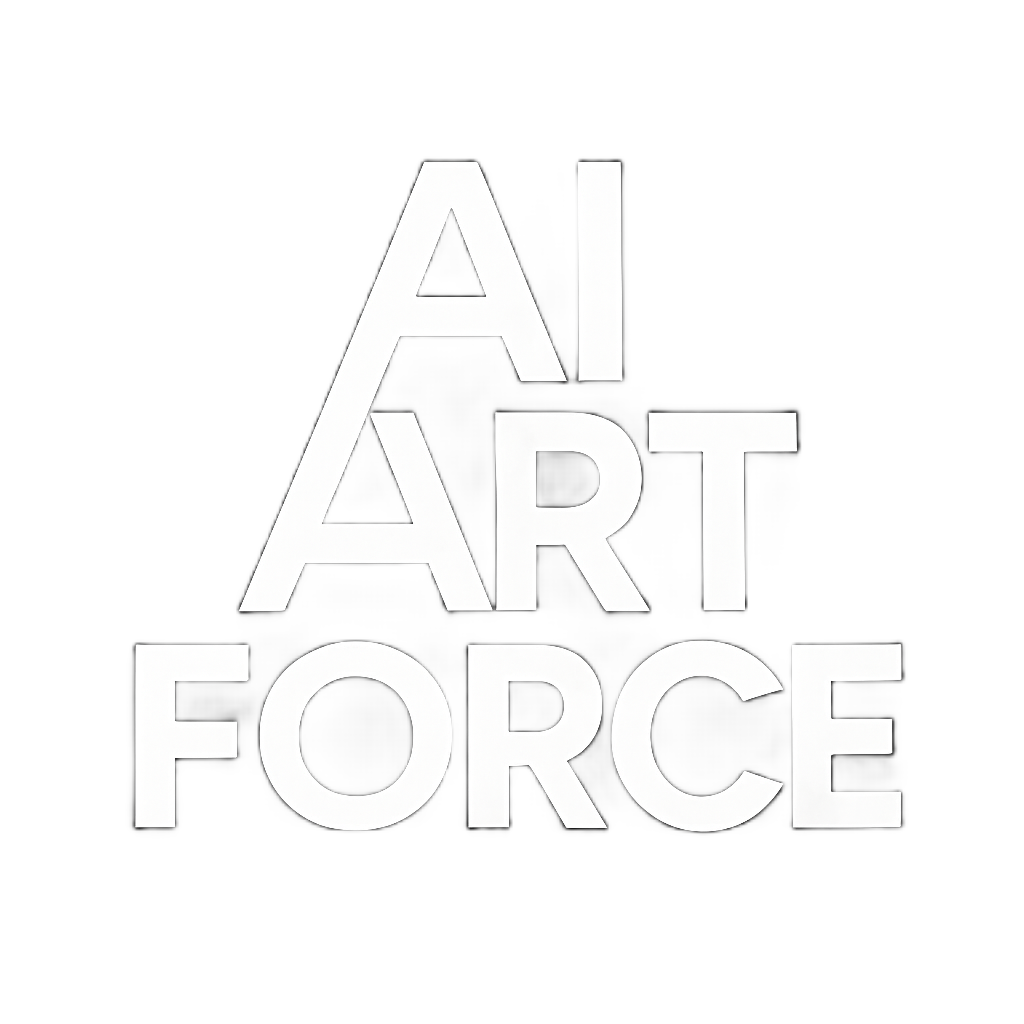
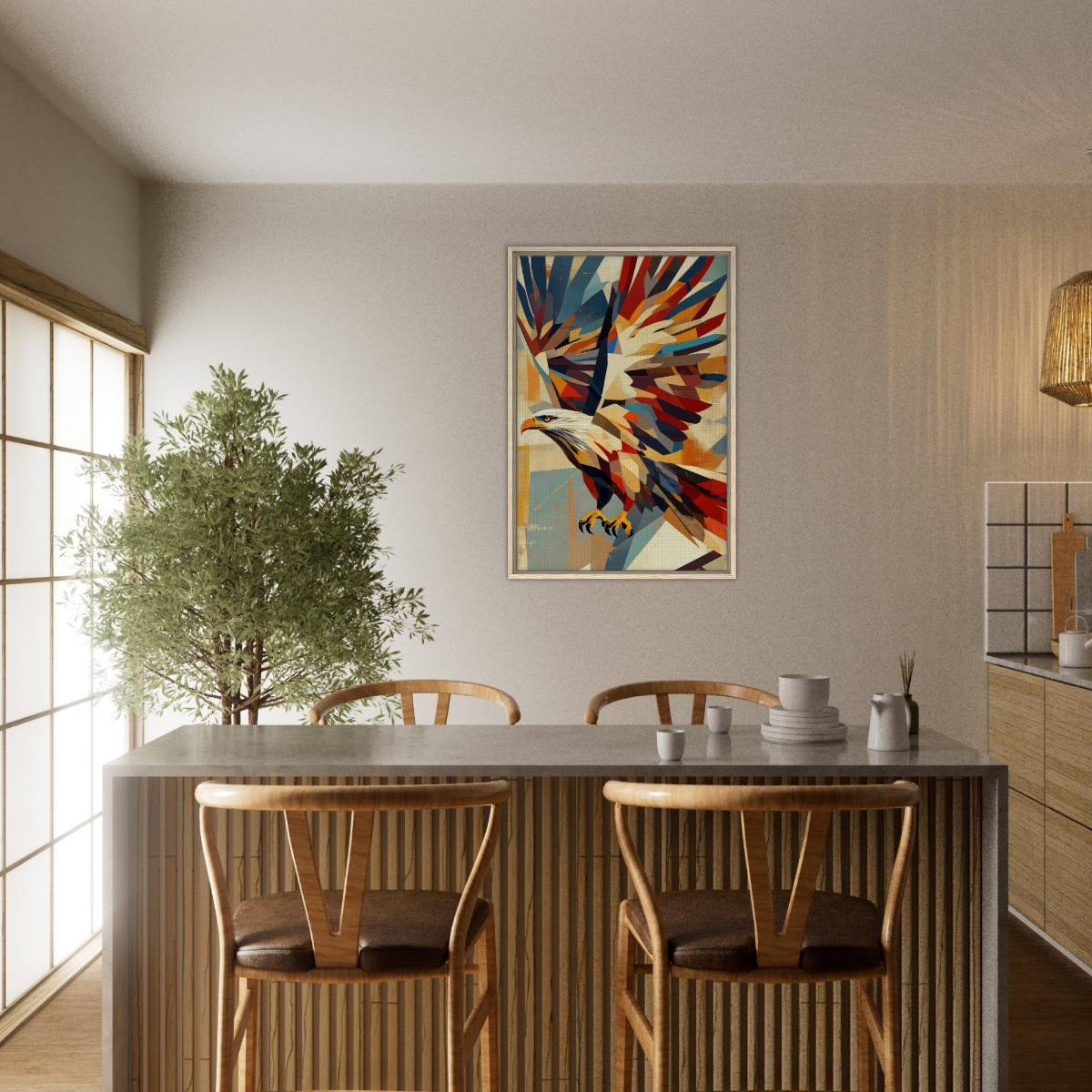
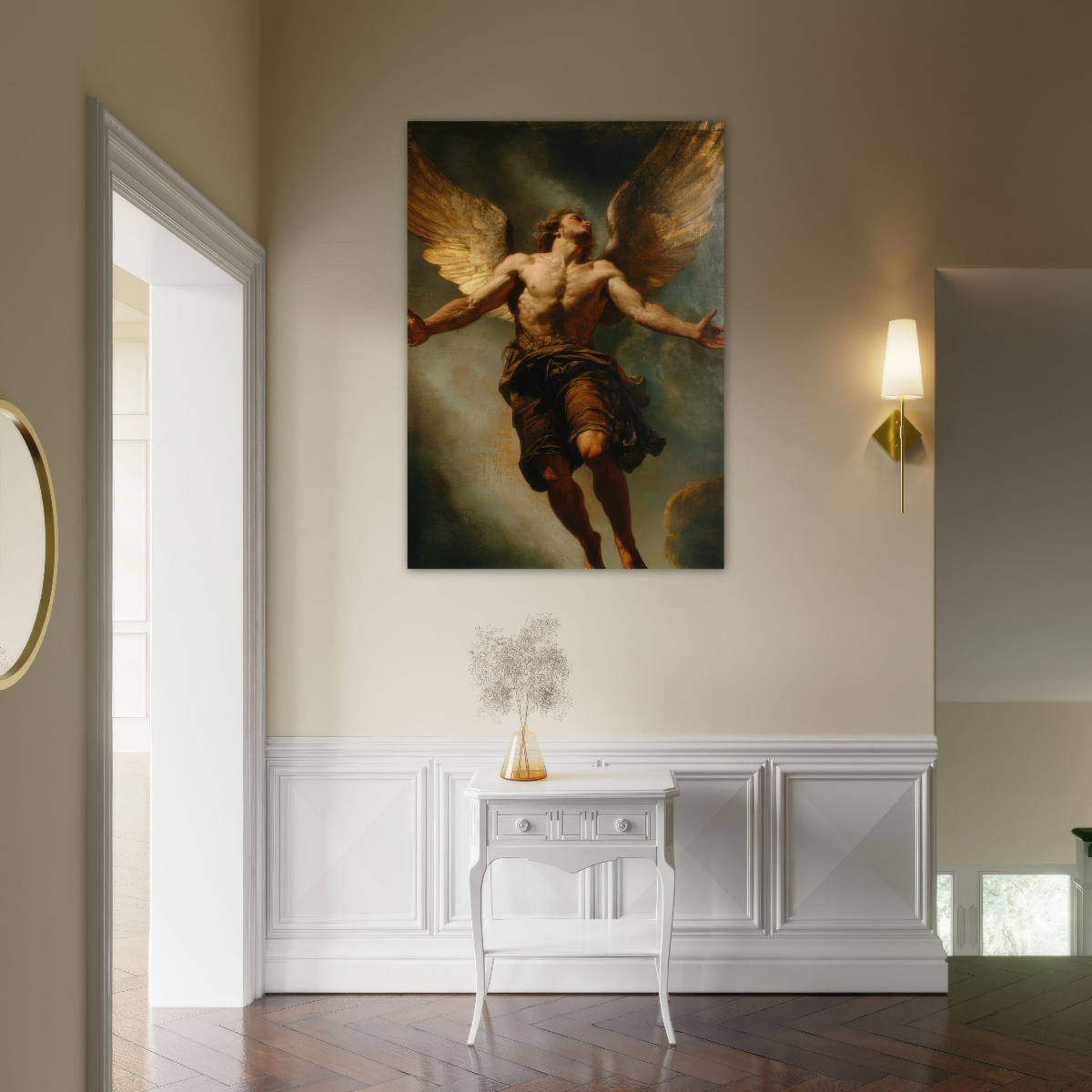
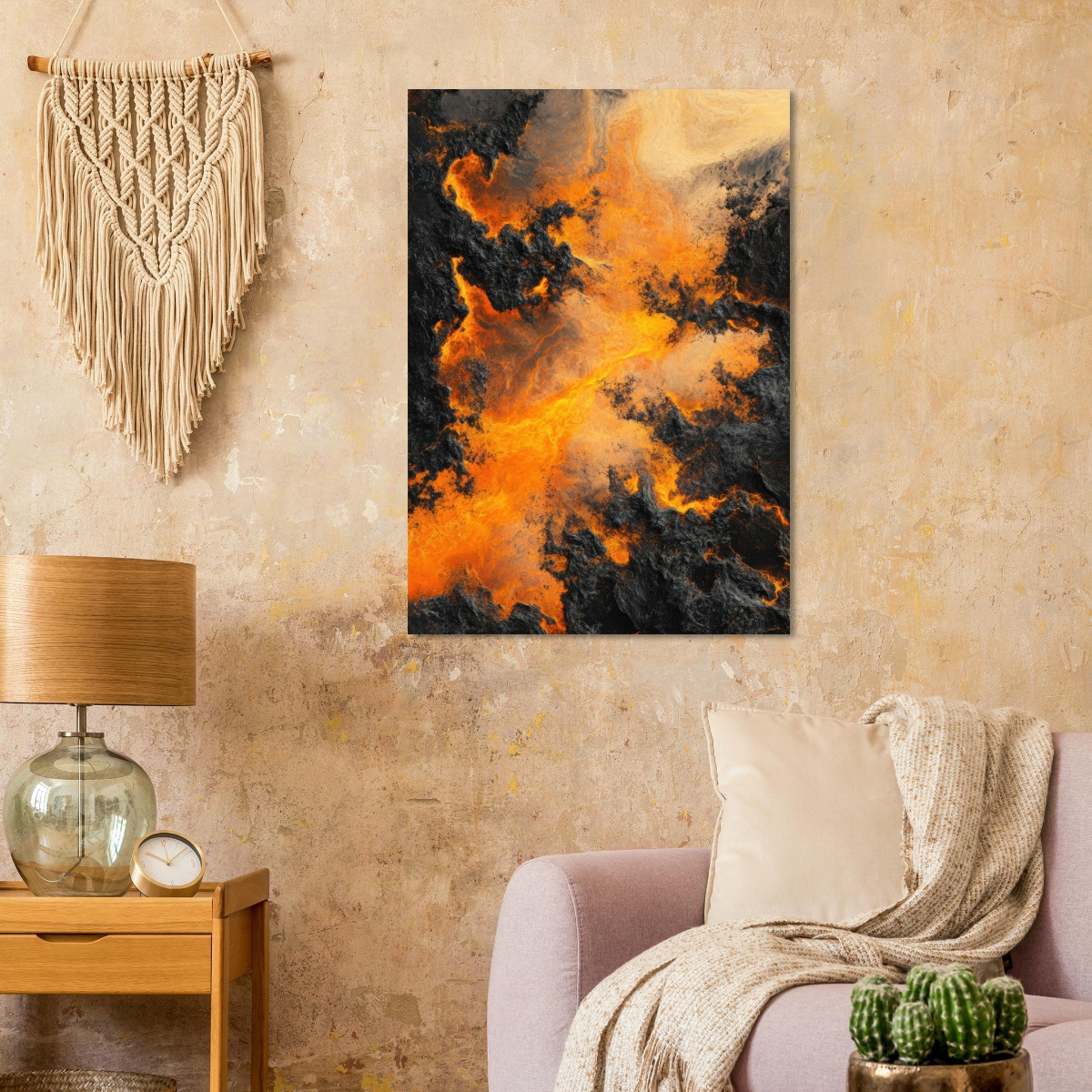
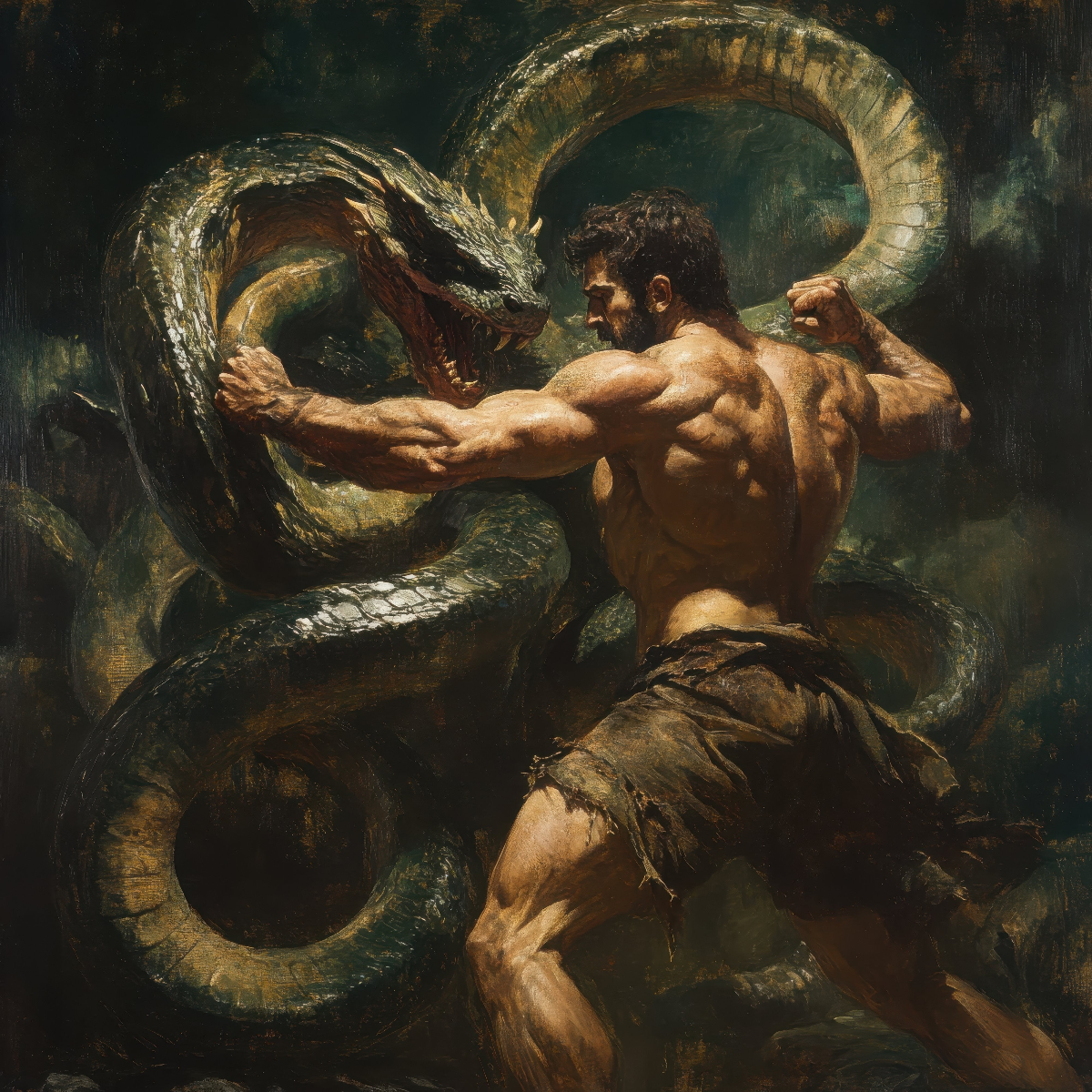
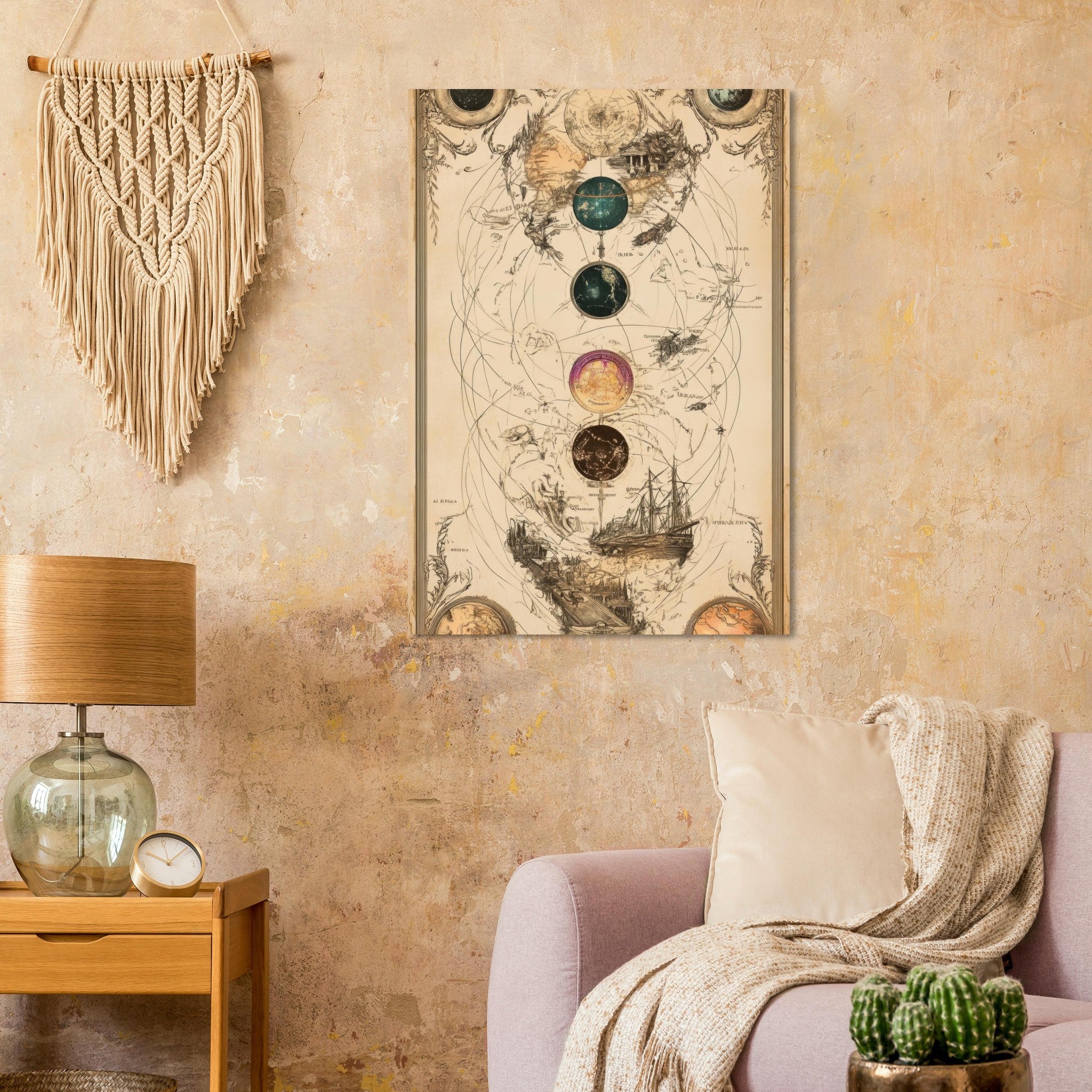
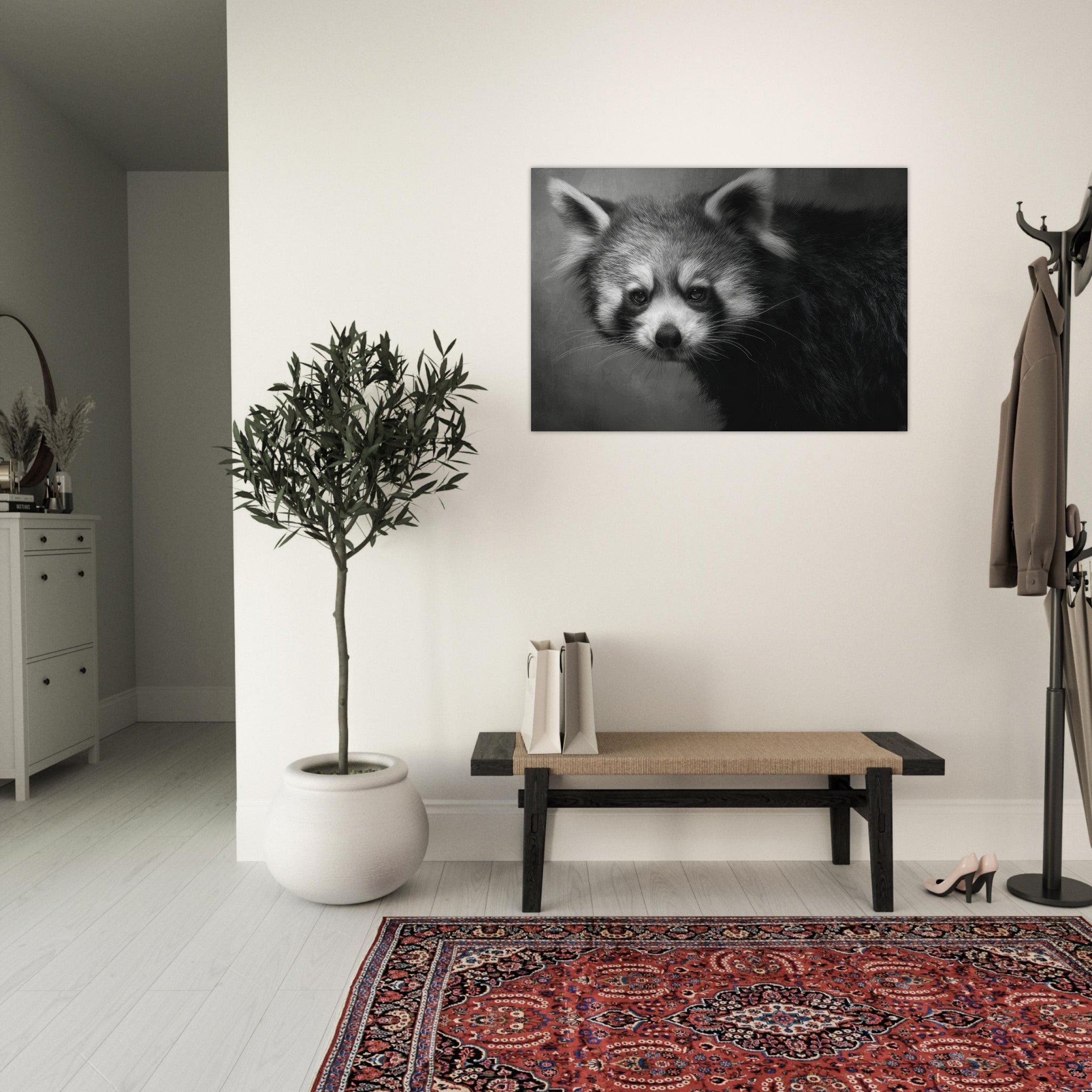
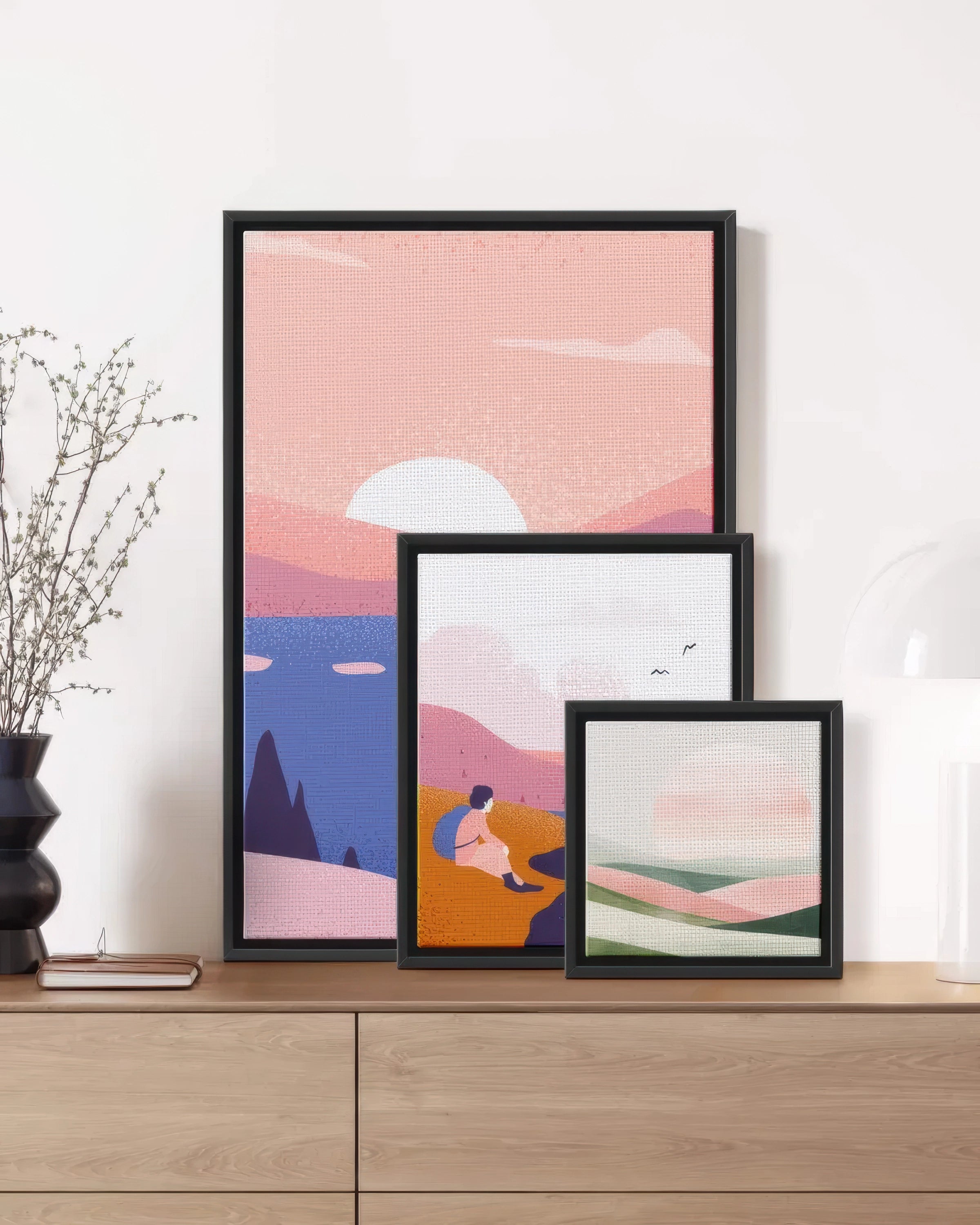
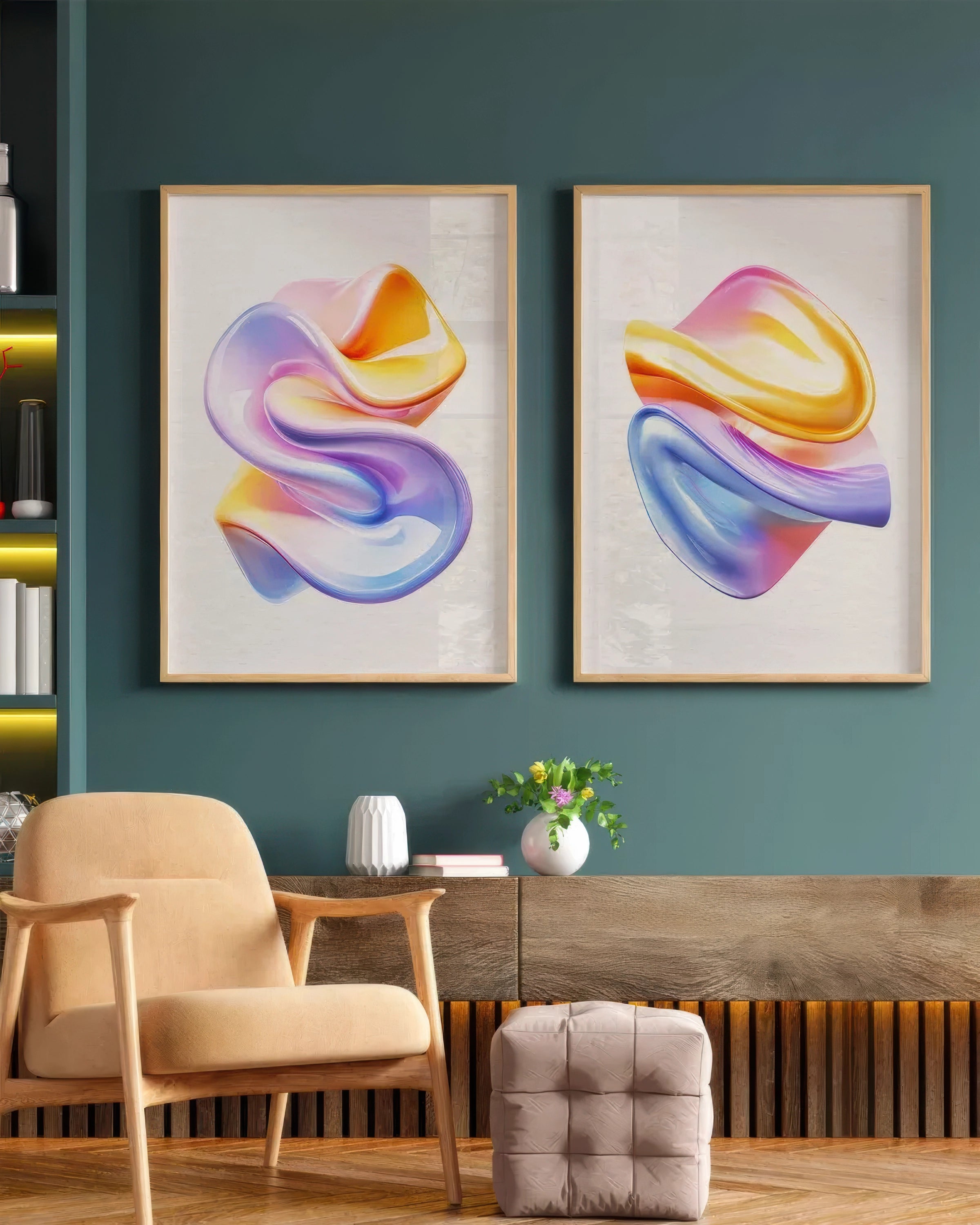
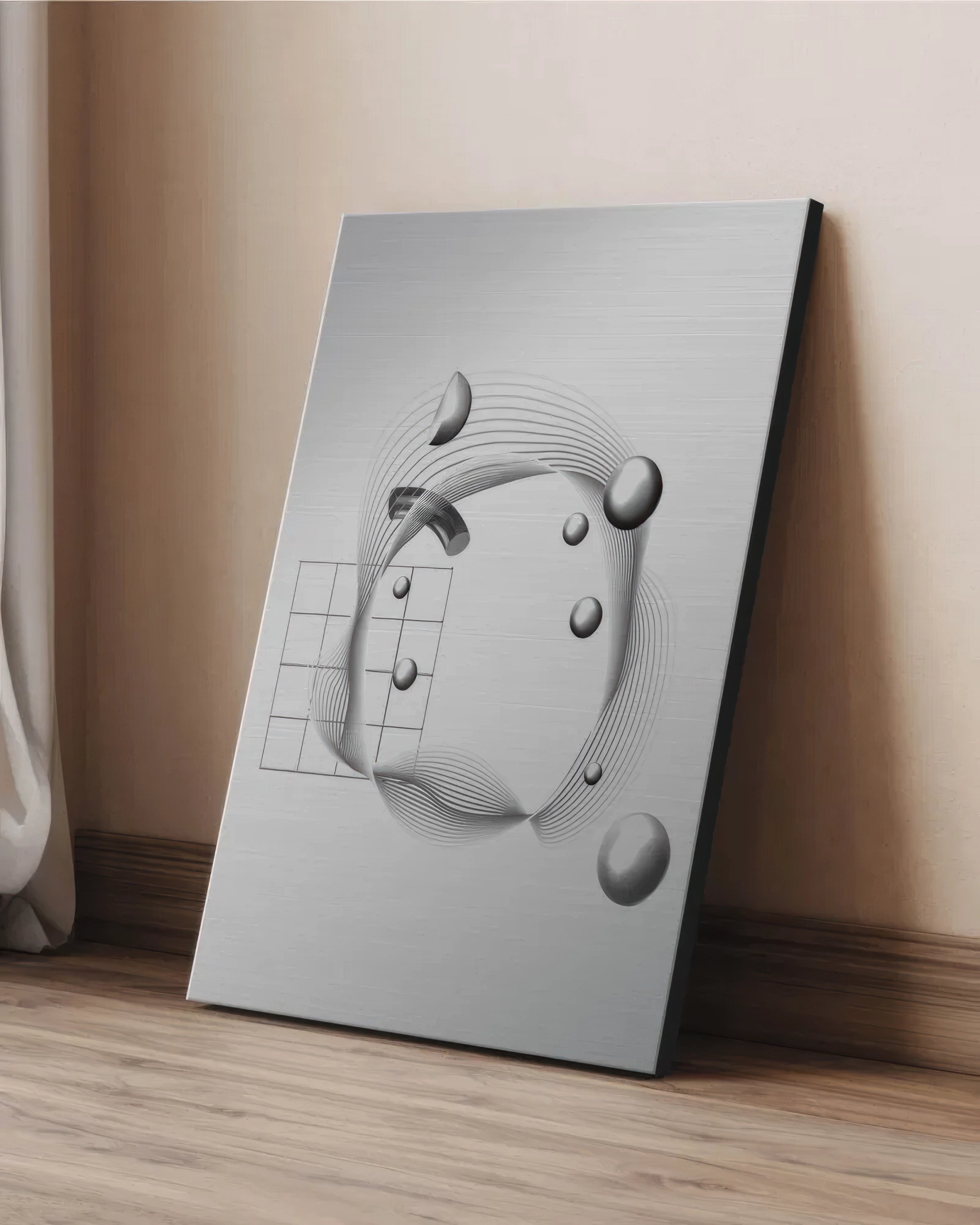
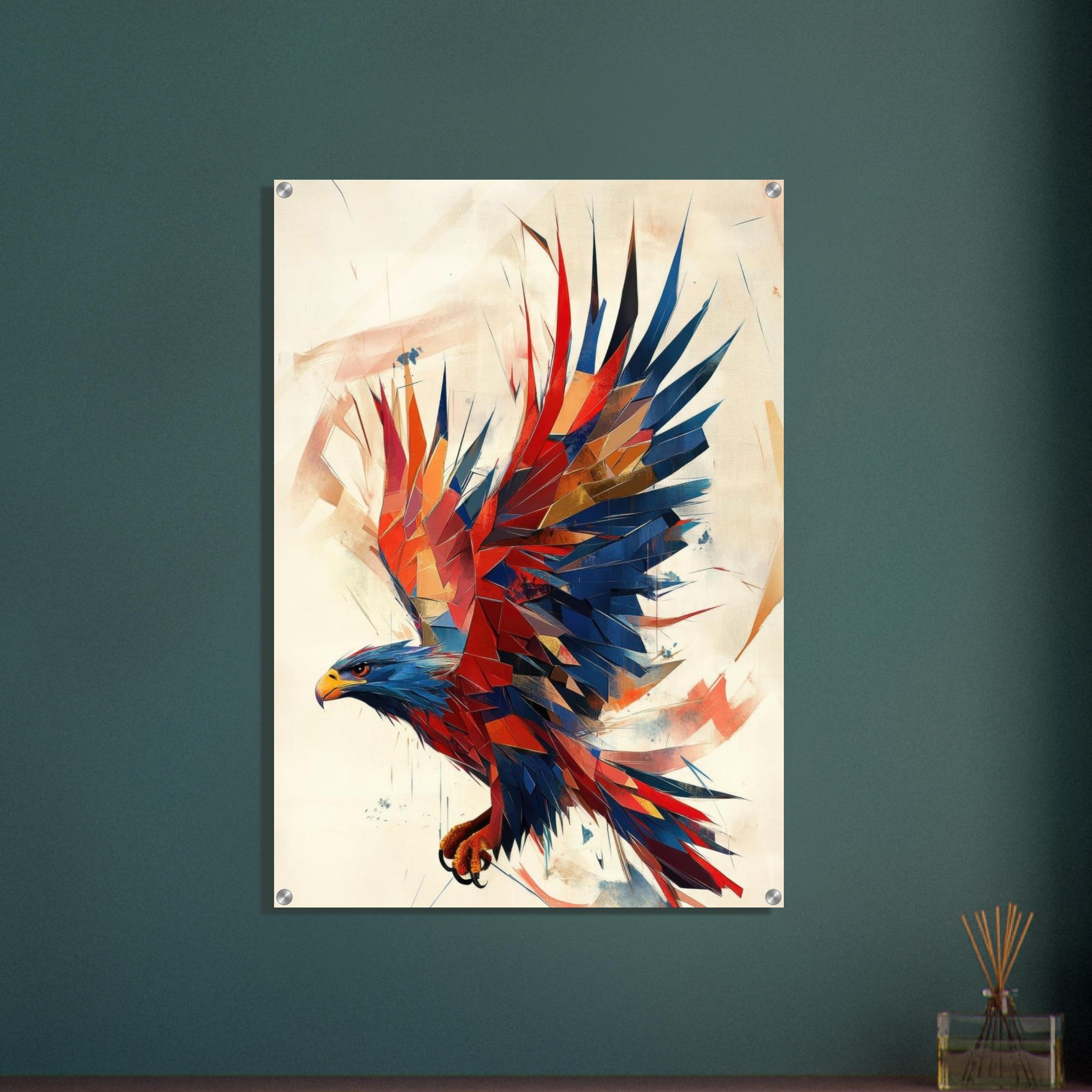
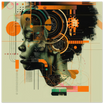
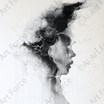
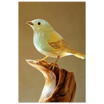
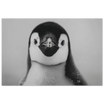
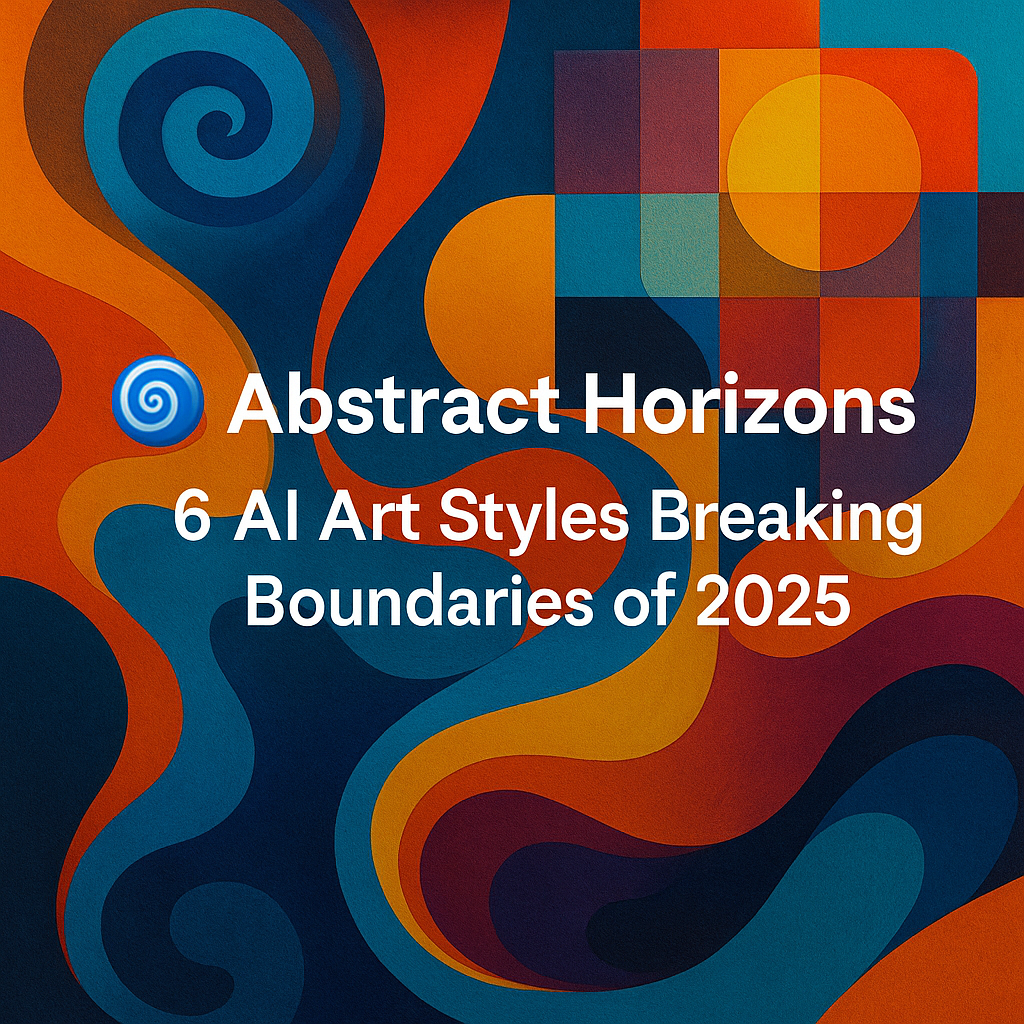
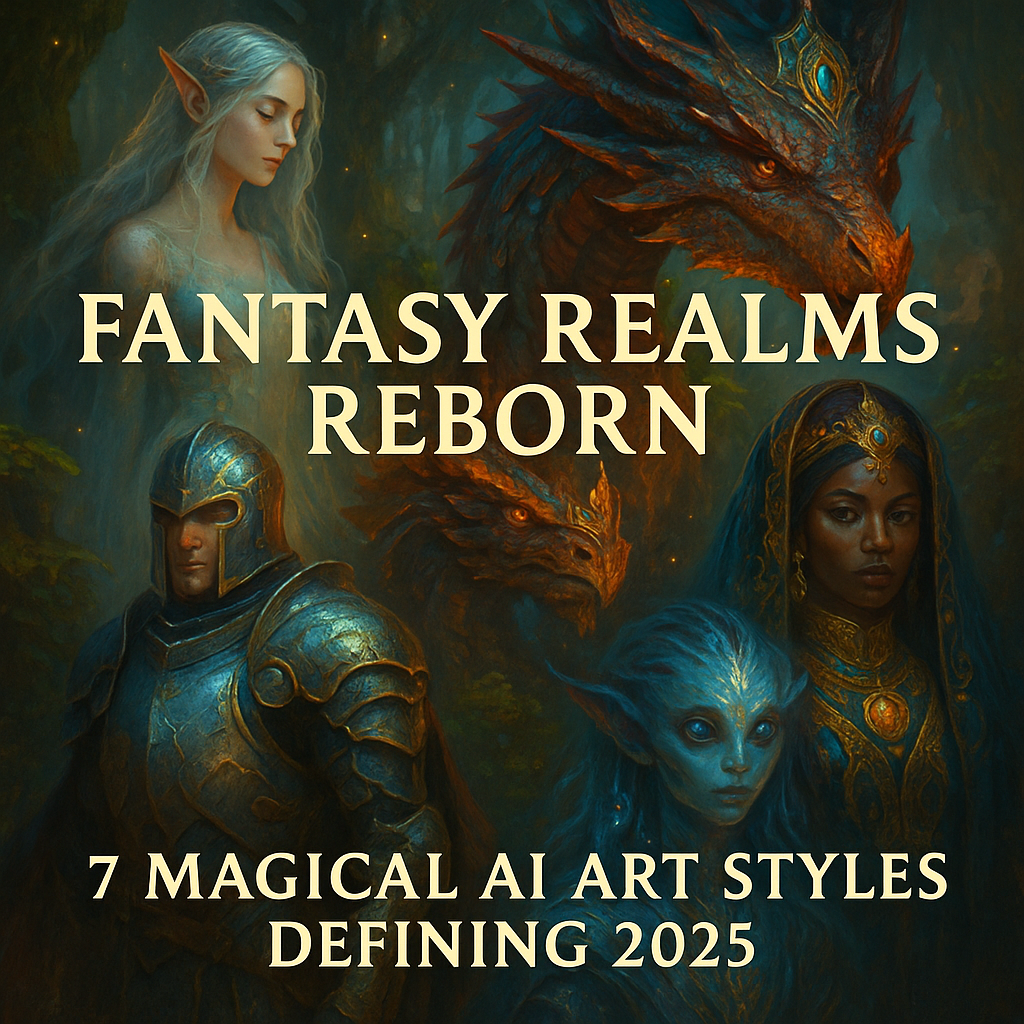
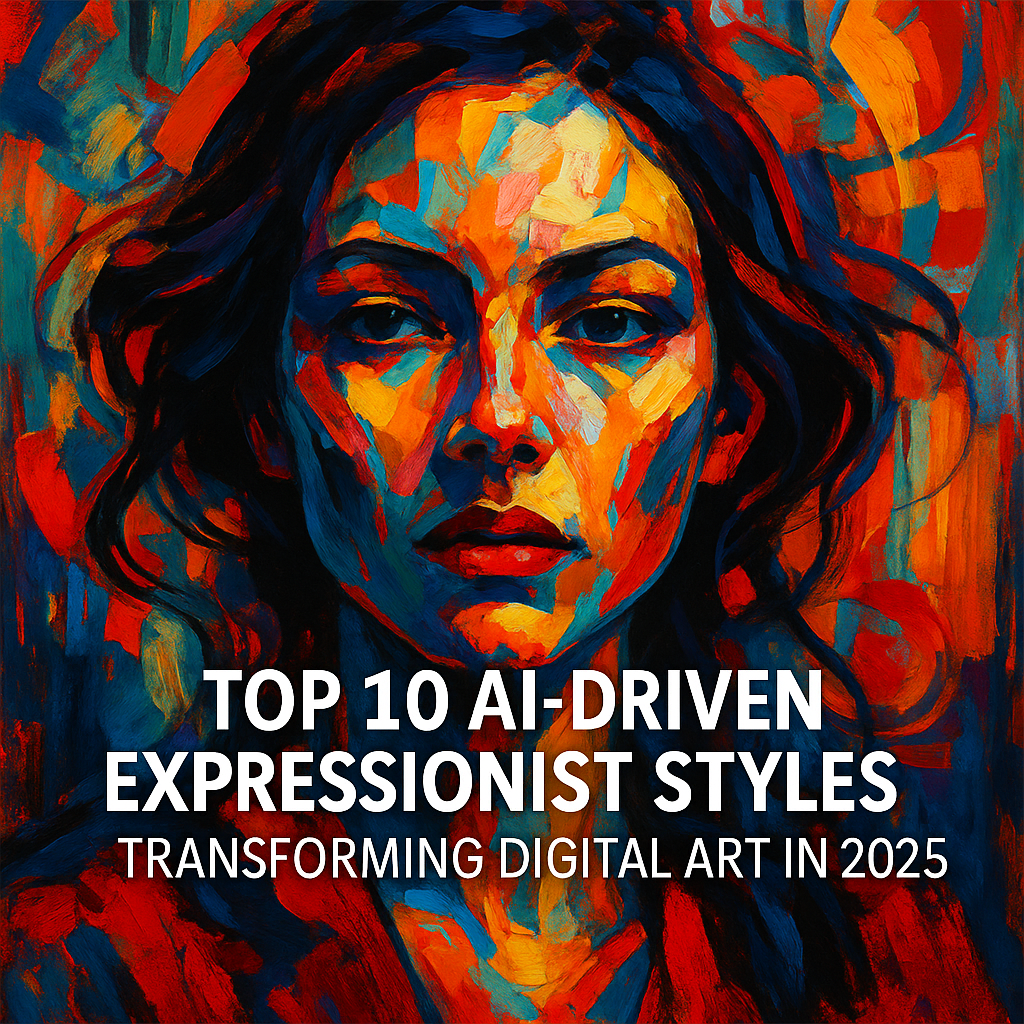
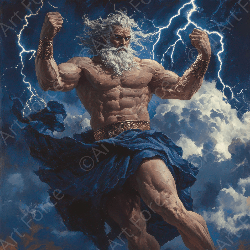
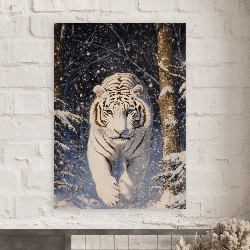
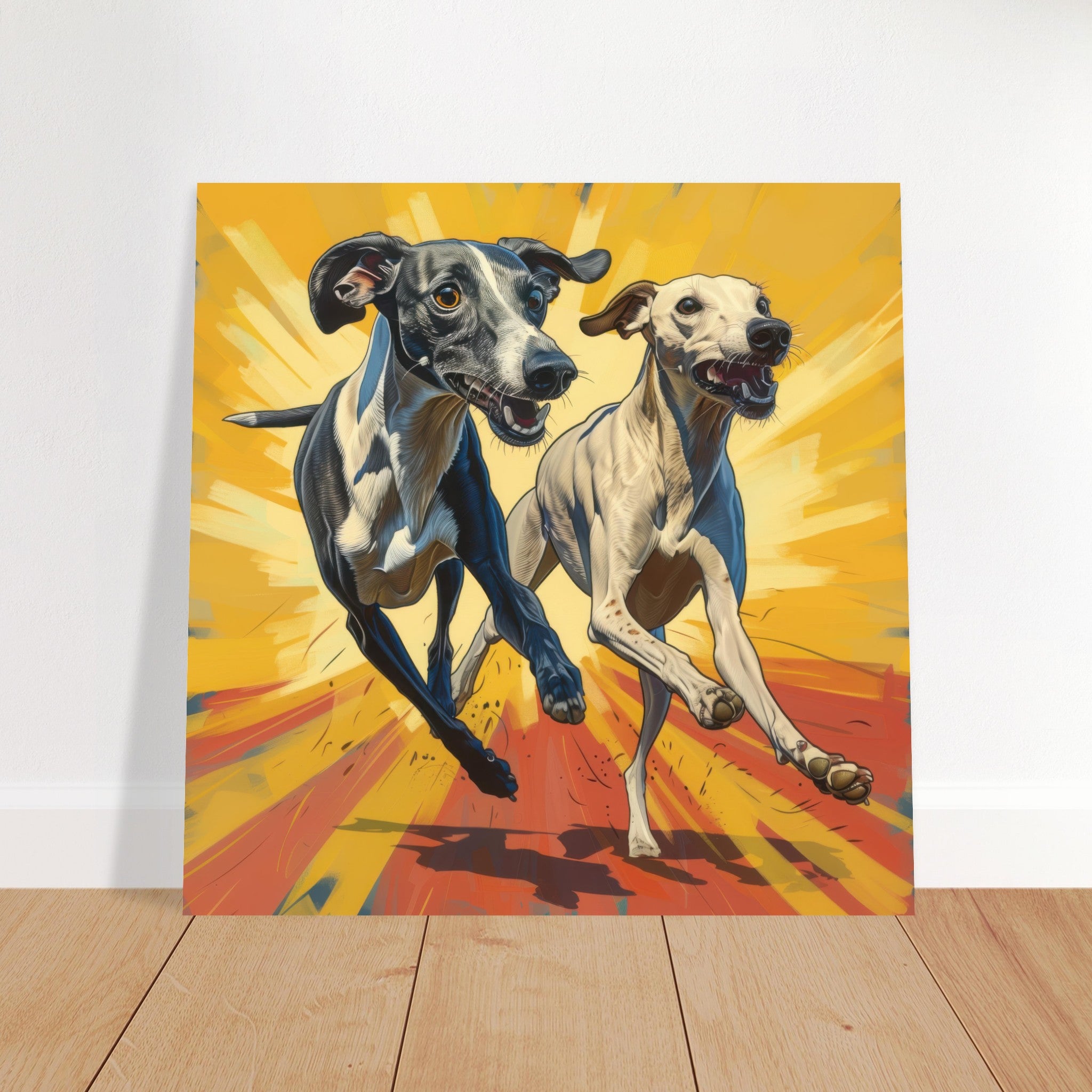
Leave a comment
This site is protected by hCaptcha and the hCaptcha Privacy Policy and Terms of Service apply.